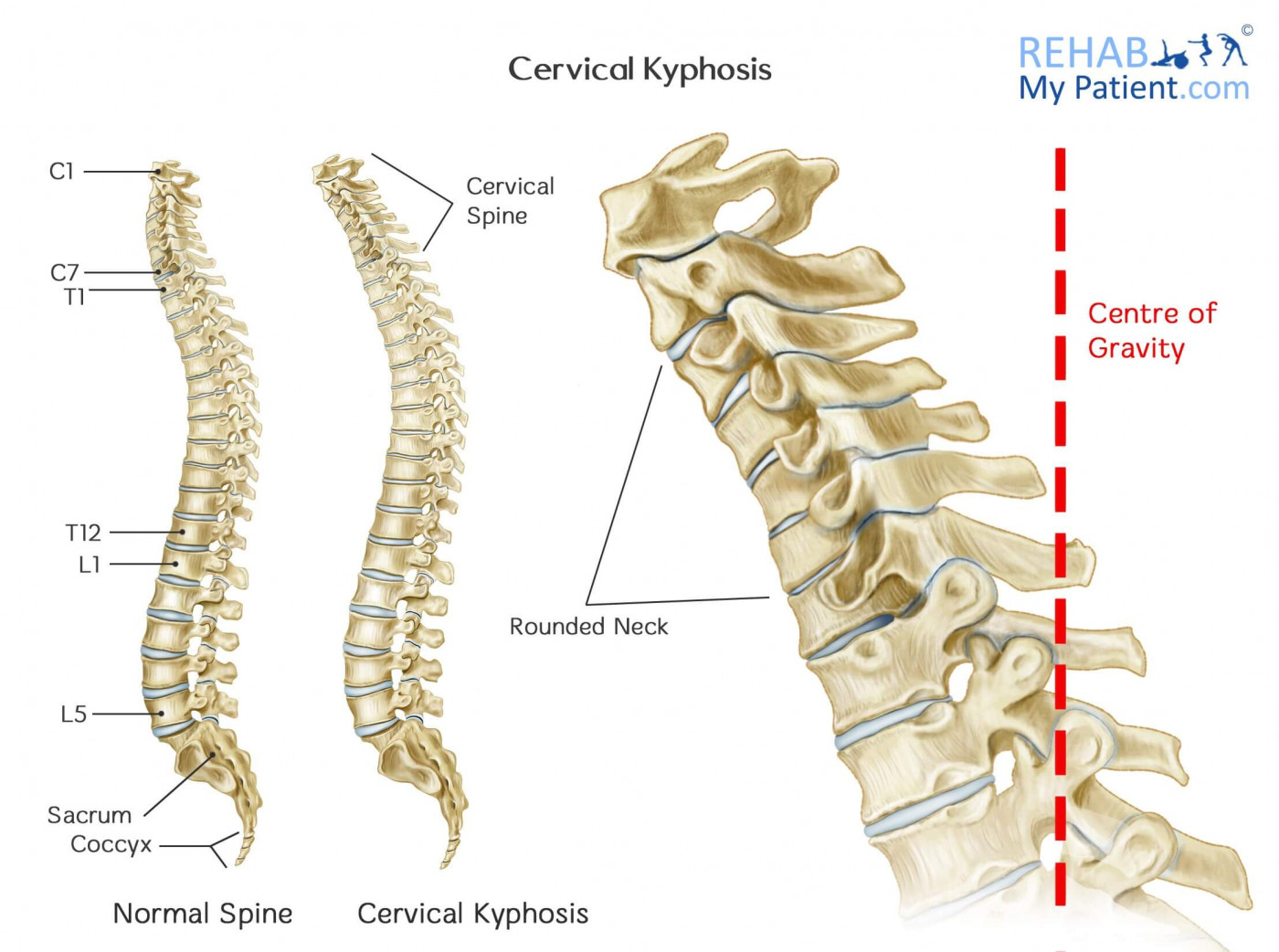
That Little Hunch, You Know?
Picture this: You’re hunched over your laptop, the day’s second cup of coffee going cold beside you. It’s 6 p.m. and you don’t even remember sitting down. (Classic.) You straighten up, feel a twinge in your shoulders, maybe even a little pull in your lower back. Sound familiar?
I used to think that dull ache was just “getting older” or… you know, being kind of lazy about stretching. Turns out, it’s more than that. That gentle lean forward—maybe in your neck, maybe down near your hips—could actually be the start of what some call the curve of a weary spine. Dramatic name, I know, but it gets the point across.
And here’s the kicker: It tends to creep up on people. At first, you just shrug it off. But left unchecked, this change in your posture can mess with everything from your confidence to your Saturday morning walks. I’ve seen it happen to friends—heck, it snuck up on me too.
So What’s Happening Back There?
When the Spine Gets, Well… Tired
Your spine is this amazing stack of bones and joints, engineered to keep you upright and moving. It’s not straight like a ruler; it’s got these gentle “S” curves if you look from the side. (Seriously, check out the 4 curves of the spine—it’s fascinating.)
These mini-curves act like shock absorbers, helping your body handle, well, life: lifting bags, running up stairs, or just plopping on the couch after a long day. But—just like a mattress that gets a dip in the middle—over time, those curves can flatten out or exaggerate. That’s when problems start.
Spot the Signs
I’m not talking about turning into the Hunchback overnight. The curve of a weary spine often starts small. Little things—like finding your shirt pulls weird across your shoulders, or you look a tad shorter in family photos. Maybe your neck gets stiff on Sunday evenings, after a binge of texting your bestie or scrolling TikTok.
Have you ever noticed your reflection in the window—shoulders rolled forward, neck craned, kinda leaning? Yeah, me too. It’s sneaky, right?
That’s your spine getting tired. Stressed. Weary. (It’s not mad at you, just, you know… in need of a little help.) And—here’s something you might not realize—it can show up anywhere along your back, even as a curved spine (lower back). But the neck, upper back, and hips? Those areas are classic trouble spots.
But Why… Why Now?
A Few Familiar Culprits
Let’s get real: most of us don’t “break” our spines in one dramatic moment. This curve of a weary spine is usually built over years (years!) of little habits. Think slouching at your desk, always carrying a heavy bag on the same shoulder, gravity (yep, that’s a thing), or just hours sitting on squishy couches. Some of us don’t even realize our posture is off until someone snaps a candid photo (“Wow, is that what I look like from behind?”)
Not Just About Posture
Sometimes it’s medical stuff—bone changes from aging, old injuries, conditions like osteoporosis, or even childhood spinal quirks that show up again after 30 years. There’s also “kyphosis”—that’s the fancy term for when your upper-back curve, which is supposed to round gently, starts getting exaggerated. It’s super common in the “curve of a weary spine” story (research on kyphosis explains this perfectly).
For others, it might be scoliosis (where your spine curves sideways) or lordosis (when your lower back arches too much). But again, for most adults feeling a weary spine, it’s years of slumping, sitting, and slowly shifting muscle strength.
Feeling It: When the Curve Talks Back
How It Shows Up in Everyday Life
Let me be honest: the curve of a weary spine isn’t always some huge, visible thing. It might start with a bit of neck pain after a long car ride. Or waking up stiff. Or realizing you’re hunching more than usual in Zoom meetings.
One of my neighbors, Sarah—she’s a teacher—noticed her back just felt “tired” after class. She blamed heavy tote bags at first. But then came headaches, a feeling like her head was stuck leaning forward, and clothes not fitting the same. Her story? Classic curve of a weary spine. She’s working on it, but she wishes she’d noticed these clues sooner.
Neck? Lower Back? Both?
Here’s something interesting: the problem often doesn’t stay in one spot. If your upper-back (thoracic) curve worsens, your neck (cervical) curve tries to adjust. That leads to neck pain, headaches, sometimes even tingling down the arms. And if the curved spine (lower back) kicks in, you might get lower backaches, hip pain, or a “can’t quite stand up straight” feeling.
| Type | Where You Feel It | Common Triggers |
|---|---|---|
| Postural Kyphosis | Upper/mid-back, neck, shoulders | Slouchy habits, desk jobs, phones |
| Age-Related Curve | Anywhere but esp. upper back and hips | Wear, osteoporosis, years of use |
| Curved Spine (Lower Back) | Hip, butt, lower back (“lordosis”) | Posture, weak core, “mom posture” |
| Scoliosis | Back, uneven shoulders or waist | Born with it or develops while growing |
Not every ache is a spine curve, of course. But if your pain is recurring, worsens by day’s end, or changes how you stand or move? Time to pay attention.
What If You Just Ignore It?
Quick Hint: Don’t.
This is the part in the story where ignoring things never ends well. Left alone, a curve of a weary spine can go from being a nuisance to a full-blown problem. You can start losing flexibility, have more pain, maybe even notice breathing or digestion quirks (wild, but true—a slumpy spine can cramp your organs too). In rare cases, it can get so bad you need surgery (WebMD breaks down those rare scenarios).
Luckily—here’s the hope spot—most people catch it before it gets that bad. The sooner you spot the signs, the easier it is to turn things around. Promise.
Turning the Curve Around
Okay, But Seriously… What Helps?
Let’s keep it honest: There’s no magical fix. But there is a lot you can do! You don’t need fancy gear. You don’t have to live at the gym. (Whew!)
Start with Posture Fixes
Try this right now—pull your shoulders gently back, lift your phone to eye level instead of tilting your head down, plant your feet hip-width. Feels a little weird? That’s normal. But it starts re-training your muscles.
Set reminders to stretch every hour or two. Even little tweaks—like adjusting your chair to keep your knees below your hips—make a difference. For my “wonky neck” days, I do a gentle chin tuck. Not glamorous, but so good.
Strength Moves That Really Work
You’ve probably heard it: strong core, strong back, happy spine. I used to roll my eyes at fitness advice, but after months of plank holds, gentle yoga, and a few daily back extensions, my posture actually improved. My physical therapist swears by these moves (and she’s also a big fan of wall angels and foam roller stretches).
And don’t forget those neglected glutes—yep, your butt muscles help stabilize the entire system, especially for the curved spine (lower back) crowd.
When to Bring in the Pros
If your curve is mild, some at-home tweaks and new habits might do the trick. But if you feel pain every day, or if it’s getting worse—see a doctor or physical therapist. Sometimes you’ll need imaging (like an X-ray) or more specialized care. On rare occasions, you might need bracing or even surgery—but trust me, most people turn things around with simple, regular changes. According to sources on curved spine treatment, early attention makes a world of difference.
Whatever you do, don’t let shame or “I should’ve done this sooner” guilt stop you. Lots of us are in the same boat, quietly Googling stretches in the middle of the night!
Your New Spine Rituals
Everyday Habits Add Up
If the thought of “fixing” your spine feels overwhelming, breathe. You don’t need to overhaul your life—or become a Pilates maestro. Add in one or two habits a week, and see how you feel. A friend of mine set his phone wallpaper to show a stick figure with good posture—subtle, but it worked as a nudge every time he checked for notifications.
- Walk tall—imagine a string gently pulling you up from the crown of your head.
- Stretch in bed before you get up.
- Take quick movement breaks every hour (dancing counts, I checked).
- Set your computer monitor at eye level. Your neck will thank you.
- Try “spine snacks”—tiny stretch breaks after phone calls.
And if you ever need a cheat sheet? Just look up a diagram of the 4 curves of the spine. Sometimes seeing where things should be helps you know when they’re off.
The Bottom Line: Your Spine’s Story Isn’t Written Yet
The curve of a weary spine is one of life’s “oh, I should’ve seen that coming” curveballs—but it’s not the end of the story. Catching it early, tuning into little aches, and making micro-changes pay off big. Maybe you’re like me: you waited a little too long, ignored the twinges, and laughed off the posture “advice” from a family member. Hey, it happens.
Your spine is with you for life. And it deserves some TLC—stretch breaks, stronger muscles, less shame about that funky photo from last summer. What’s one thing you can do, right now, to care for your spine? Maybe a stretch, maybe a walk, maybe booking that PT appointment this week?
Here’s to standing a little taller. You’ve got this—curve and all.

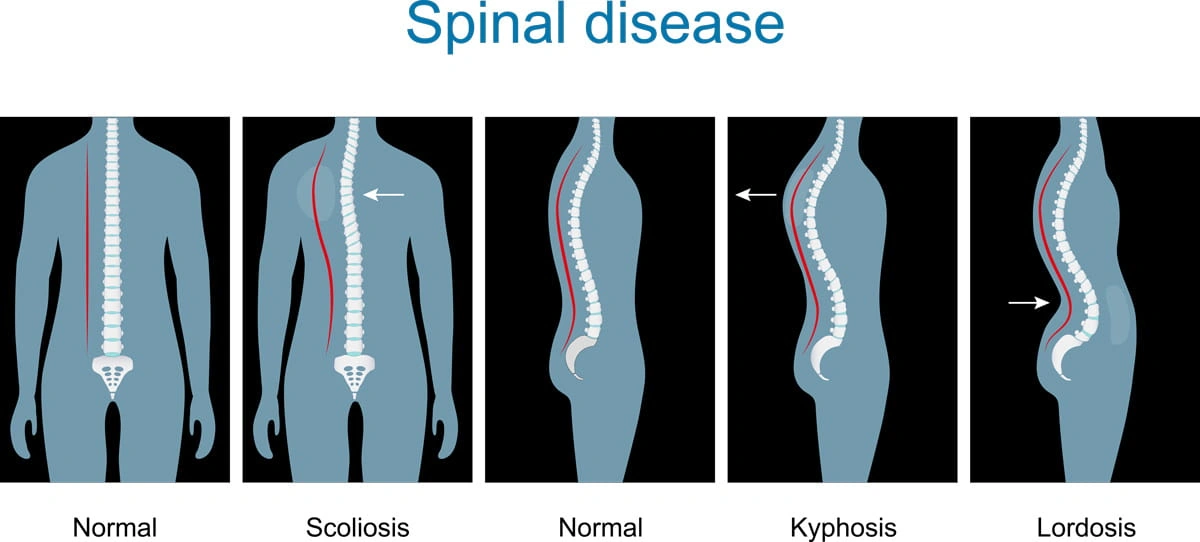





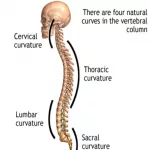

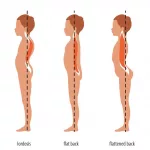




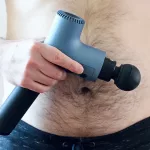



Leave a Reply
You must be logged in to post a comment.